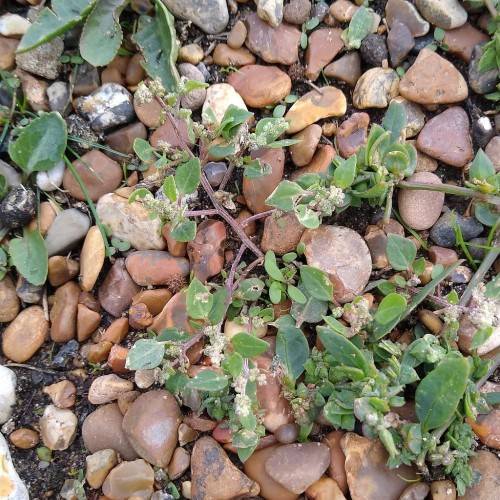
Stinking Goosefoot
Chenopodium vulvaria
Watering:
Minimal
Hardiness Zone:
Sun:
full sun,part shade
Leaf:
Yes
Growth Rate:
Low
Drought Tolerant:
Yes
Salt Tolerant:
Yes
Invasive:
Yes
watering
Stinking Goosefoot should be watered when the top 2 inches of soil are dry. The amount of water to give will depend on the size of the plant and the type of soil. For smaller plants, roughly ½ to 1 cup of water per plant should be sufficient, given once a week. For larger plants, around 1 to 2 cups of water per plant should suffice, given once every 2 weeks. It is also important to consider the type of soil that the Stinking Goosefoot is planted in; sandy soils dry out quicker, so the plants will need to be watered more frequently than those planted in a soil with more clay.
sunlight
Stinking Goosefoot (Chenopodium vulvaria) requires full sun (6 or more hours of direct sunlight per day) for optimal growth. The plant is considered somewhat shade tolerant, and can thrive with 3-4 hours of direct sunlight per day. It is not recommended to grow this species in areas with less than 2 hours of direct sunlight per day. The light should be evenly distributed across the entire plant, as too much light concentrated in 1 spot can cause leaves to yellow or become sunburned.
pruning
Stinking Goosefoot (Chenopodium vulvaria) should be pruned after flowering is complete to create a vigorous and stiff-stemmed plant, about 4-5 inches in size. Cut back the tall flower stems to about 6 inches and remove any dead, diseased or damaged leaves. Pruning should be done during the autumn and late summer months to encourage a healthy, lush growth. Pruning may also be done in the spring when the new growth starts. Pruning should be done carefully to avoid injuring the plant's delicate stems. It is recommended to only prune lateral shoots, as pruning the main stem may reduce flowering the following season.
